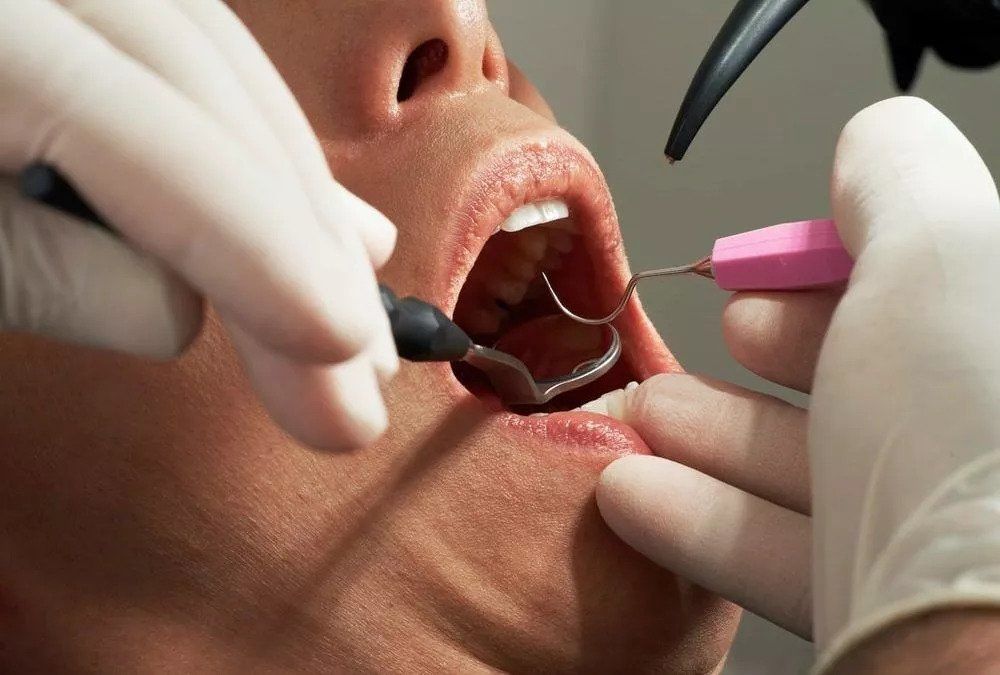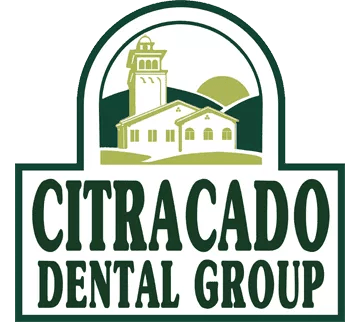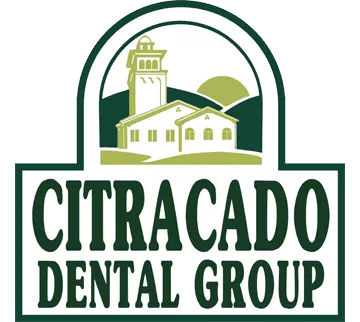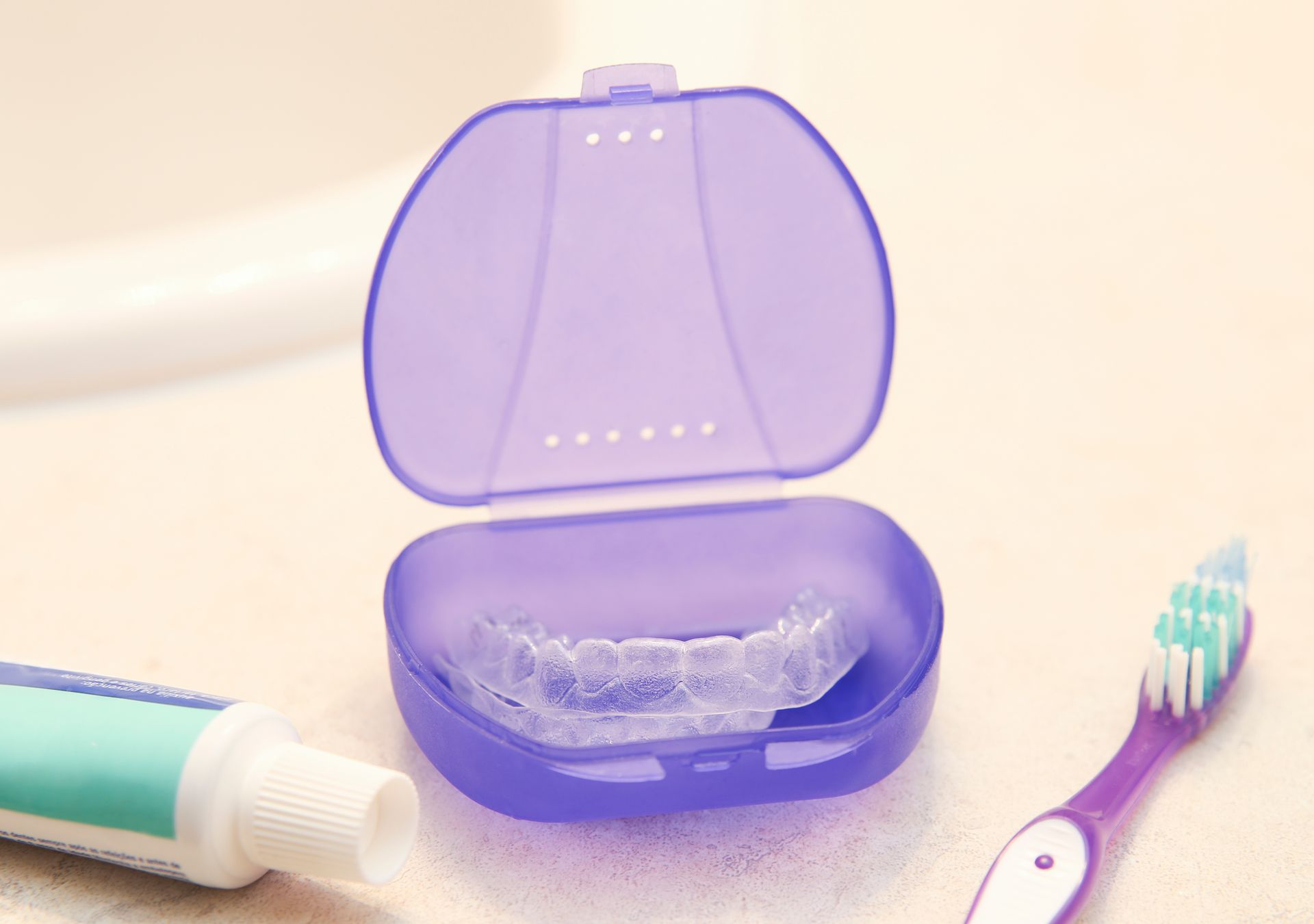CALL/TEXT US (760) 489-5545
HOW DENTAL STERILIZATION WORKS AND KEEPS PATIENTS SAFE

When dental offices began to reopen following COVID-19 restrictions, they implemented enhanced safety measures that keep patients safe.
Some of these measures you’ll learn about have been standard operating procedure for a very long time while others are new. Here’s a glance at the dental protocols and enhanced safety measures that keep us safe from infectious spread.
First, dental offices abide by the guidelines set forth by two large national health organizations. For decades, the Centers for Disease Control and Prevention and the American Dental Association have developed guidance for sterilization of instruments in dental offices. As new cleaning technologies emerge, the organizations update the how-to guidelines accordingly so dental offices like ours can operate as safely as possible.
During your visit and depending on the procedure, it will not be uncommon for the dental team to swap out gloves multiple times. Along with masks, eyewear and other personal protective equipment, dental offices mandate proper hand-washing or sanitizing procedures. To help prevent the spread of saliva and other bodily fluids, dental professionals wear protective clothing that can shield them from contact with fluids. During every patient interaction, dental professionals will take a number of safety precautions to help prevent cross infection.
When we are not at your side, we are behind the scenes sterilizing tools and instruments, some of which require reuse among patients.
Instruments used during oral surgery are higher risk
As such, dental offices prioritize the sterilization of these tools by employing the highest level of sterilization that uses heat. This technique also works with lower-risk instruments given their tolerance to high temperatures. Every sterilized instrument is wrapped until it is needed, which maintains the sterile conditions.
Before patients enter the examination room, dental team members will first wipe off and disinfect the dental chair. The same is done for other instruments that patients may share, such as a blood pressure cuff. Chairs, reception desk and other high-traffic areas are also wiped down on a regular basis.
As you wait to be seen, you might notice a limited number of people in the waiting room. Smaller room capacity is an extra precaution that helps create a safe dental space for everyone.
Dental offices take these vital infection control measures seriously. By doing our part, we continue to play a role in the fight to stop the spread of COVID-19.
Due to the nature of how dental offices and procedures work, both dental professionals and patients are at risk. Face-to-face interaction and exposure to bodily fluids, for example, contribute to that risk. But through dental sterilization, disinfection and other safety protocols, we can protect everyone involved.
Our protocols are backed by science and are proven to protect against cross infection. By following these guidelines, dental offices create environments that are always welcoming and safe.
QUICK MENU
RECENT POSTS

ARCHIVES
CATEGORIES
EXPLORE YOUR DENTAL HOME IN ESCONDIDO!
CALL/TEXT:
760.489.5545
EMAIL:
edith@citracadodental.com
HOURS
Mon: 8:00 a.m. - 5:00 p.m.
Tue: 8:00 a.m. - 5:00 p.m.
Wed: 9:00 a.m. - 7:00 p.m.
Thu: 8:00 a.m. - 5:00 p.m.
Fri: 8:00 a.m. - 5:00 p.m.
Sat: 8:00 a.m. - 12:00 p.m.
Sunday Closed





